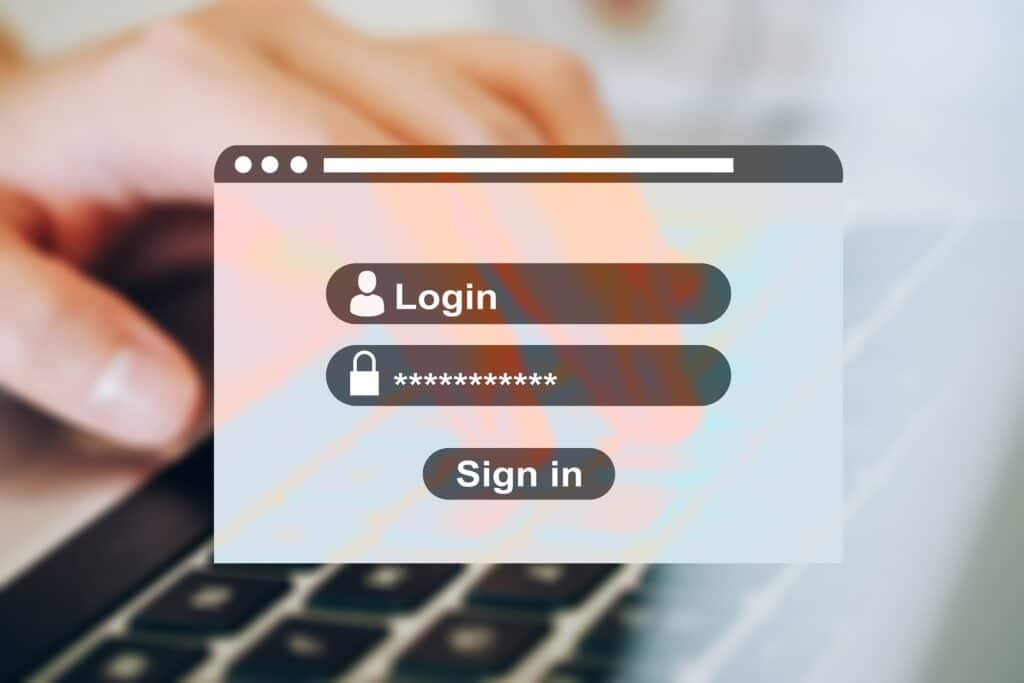
It’s one of the biggest challenges of running a business in 2021: how to keep your company safe from cyber threats. Online crime is real, widespread, and a problem the majority of enterprises will encounter at some point.
Did you know 88 percent of businesses have suffered breaches in the last year alone? Those stats are just for the UK. In France, Germany, and Italy, it’s even worse, with 94 percent, 92 percent, and 90 percent of companies respectively falling victim to online crime.
There are ways to make yourself safer, but a lot of the onus lies with training your employees and making sure they’re following proper protocol. The best place to begin is by educating them about the login process and how to stay safe from this first step.
Below, we discuss three options that can help you do that.
Set a minimum password length
It sounds so simple, doesn’t it? But it’s not enough to tell employees their passwords need to be a certain length – you must find a way to make this mandatory. That’s because most of us have been guilty of taking shortcuts at some point, and it only takes one member of staff to flout the rules for a breach to happen. It’s common practice to opt for at least eight characters, but 14 or more is even better and would be our recommendation. We’d also suggest making sure passwords are complex. Rather than settling for a single word or phrase, make it so staff must use a combination of numbers, characters, and upper and lower-case letters. Ensure names and usernames can’t be included.
Enforce mandatory password resets
While encouraging employees to create strong passwords is a great place to start, it isn’t enough. You also need to make sure members of staff are changing their passwords regularly. To help with this, enforce mandatory password resets. There’s no concrete rule to follow concerning how long you want to leave it, but we suggest changing passwords at least once per month. Don’t let workers reuse old passwords either. While recycling might be great for your eco credentials, it’s not so handy when it comes to cybersecurity. Yes, it might be overkill to make it so passwords can never be used again, but do set a minimum requirement so the same passwords can only be used every fifth time, for example. Though it might be slightly annoying to have to change so frequently, it will nonetheless go a long way towards keeping your company safe.
Use passwordless authentication

Have you ever heard of a phenomenon known as ‘password fatigue’? Even if you haven’t, you’ll likely be familiar with the idea behind it. Password fatigue is where we end up using so many different passwords online that we struggle to keep track of them all. It can lead to real stress and frustration, which is not something you want your employees to be suffering. The simplest workaround is an obvious one: to forego passwords entirely. But what does that mean for your security, we hear you ask? Quite simply, nothing negative. Rather than doing away with online safety measures entirely, you switch to different types of authentication, such as biometric login methods. Employees no longer have to remember passwords, which is an instant bonus for them. There are also upsides for you. While the other two options on this list are effective and may suit those who don’t have the budget or know-how to update their tech stacks, this is the most secure suggestion and the one we’d personally recommend.
When it comes to keeping your business protected, it’s really important to make your employees part of the solution. With these three top tips, this is easy to do and ensures your business is made more secure moving forward. What are you waiting for? Put our recommendations into practice today!

